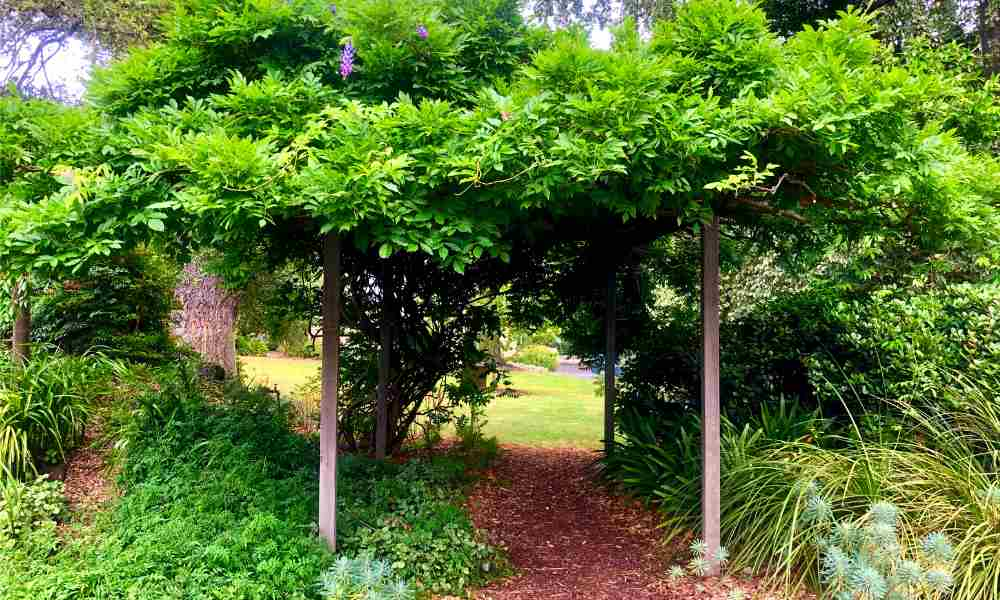A pergola can provide a beautiful and relaxing setting for outdoor entertaining. They come in a variety of styles, so you can choose one that will look great in your backyard. To decorate your pergola with plants, follow these tips. Let’s see some idea about How to Decorate a Pergola with Plants.
Best climbing plants for pergolas

If you are considering adding plants to your pergola, there are a few key things to keep in mind. First, make sure the plants will grow well in the climate and soil conditions of your area. Second, think about what kind of look you want for your pergola. A variety of colors and textures will give it a natural look. And finally, pick plants that will provide shade and privacy while still looking beautiful.
Honeysuckle
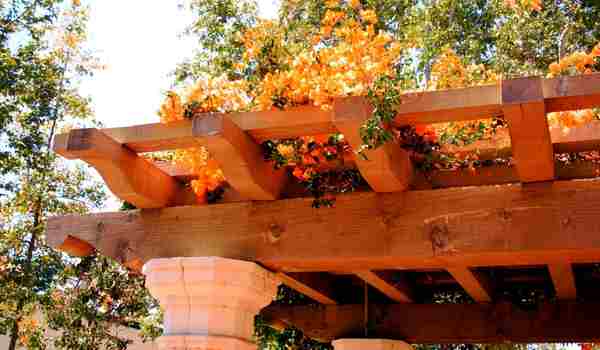
Honeysuckle is a climbing plant that can easily be attached to a pergola with sturdy twine. This plant has small, white flowers that emit a sweet scent and are perfect for adding some life to an otherwise dull space.
Passion flowers – How to Decorate a Pergola with Plants
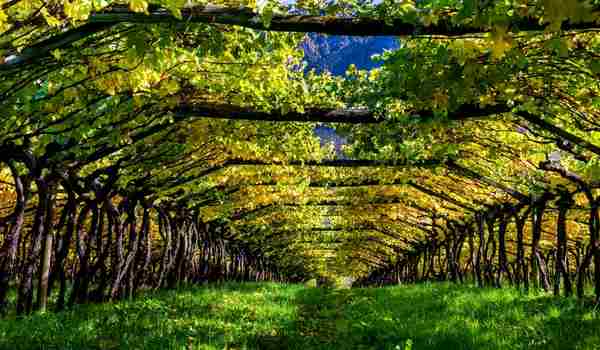
You don’t need a lot of space to grow passion flowers. A 12-inch pot will do the trick if you have a sunny spot in your garden. Grow them in organic soil and water them regularly. When the flowers are blooming, they’ll need plenty of water again, so keep an eye on the pot’s soil moisture level.
Potato vine
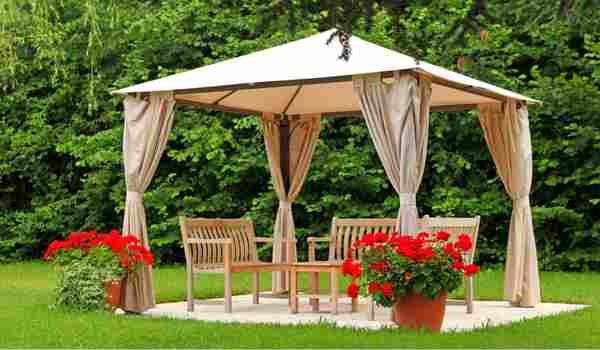
If you have an empty spot in your garden that’s begging to be filled with a beautiful climbing plant, try adding a potato vine! Potatoes are a great choice because they can grow quickly and are tolerant of low-light conditions. Here are some tips for planting and decorating a potato vine pergola:
- Choose a location for your pergola that receives at least partial sunlight.
2. Dig a hole twice the diameter of the root ball of the potato vine you want to install and set it in the ground. Make sure the hole is deep enough so that the roots don’t touch the bottom soil.
3. Remove any excess soil from around the roots of the potato vine, then fill in the hole with fresh soil. Water the well to settle the soil and cover it with plastic until the vines start growing.
Grapevines
Grapevines can be a beautiful addition to any garden, and with a little bit of care, they can make an attractive pergola. Here are some tips on how to decorate your pergola with grapevines:
The first step is to find the right grapevine. There are many different types of grapes, so it is important to choose the right one for your pergola. You want a lightweight grapevine that will not be too heavy to hold up the pergola structure.
Once you have chosen the grapevine, you will need to find a suitable pergola structure. A simple wooden frame will do just fine, or you can invest in a more elaborate pergola design.
Clematis
Clematis are climbers that require a support system such as a pergola or arbor. They can be potted or planted in the ground but will grow faster and reach their full potential if they have something to cling to. Here are some tips for decorating a pergola with clematis:
1. Choose your clematis carefully. The plants that are commonly used in pergolas are hybrids, so look for cultivars that have large blooms with plenty of petals.
2. Plant clematis near the supports. Place them at least 8 inches from the edge of the pergola, but closer if there is enough space between the supports and the plants.
3. Choose a location for your Clematis that receives plenty of sunshine and partial shade throughout the day.
Climbing and rambling roses

Roses are iconic flowers and with good reason. They come in a wide variety of colors and patterns, can be grown in a variety of climates, and are easy to care for. If you’re looking to add some roses to your pergola or other climbing structure, here are some tips on how to do it successfully.
First, make sure that the rose plants you choose are appropriate for the climate where you plan to install them. Most roses will do well in temperate zones, but there are a few—like ‘Alba’—that prefer warmer climates. If your pergola is located in a frost-free area, though, any rose will do just fine.
Once you’ve chosen your roses, start preparing the soil around their roots by loosening them up and adding organic matter such as compost or aged manure.
Wisteria
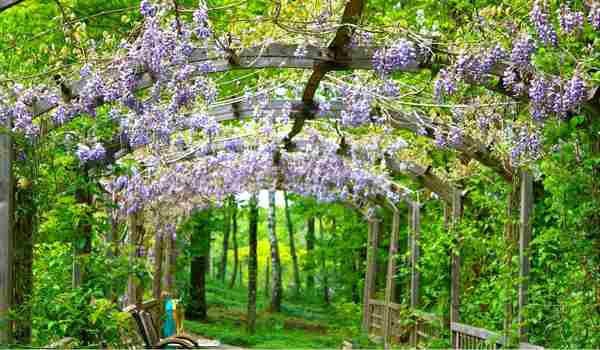
If you want to add a touch of elegance and panache to your garden, consider wisteria. This climbing plant is perfect for a pergola or other elevated structure, as it can grow to be quite tall. Here are some tips on how to decorate with this plant:
1. Start by deciding what type of pergola you would like to create. An arbor or trellis will work well with wisteria, while a bridge or footbridge can be enhanced with ivy or clematis.
2. Once you have decided on the style of your pergola, measure the area and determine how many wisteria plants will fit. Make sure the plants are spaced evenly so that they do not block views from below or interfere with one another’s growth.
Trumpet vine
A trumpet vine can be a beautiful addition to any pergola, both in terms of its appearance and how well it performs as a climbing plant. Here are some tips on how to decorate with this vine:
1. Choose the right type of trumpet vine. There are several types of trumpet vines available, but each has its own characteristics that make it the best choice for a particular pergola design or environment.
2. Plant the vine where you want it to grow. If you’re planting the vine in soil, make sure that the soil is well-drained and has plenty of nutrients; if planting in potting mix, be sure to water it regularly and fertilize it as needed.
3. Position the vine so that its branches hang down over the edge of your pergola or railing.
Crimson glory vine
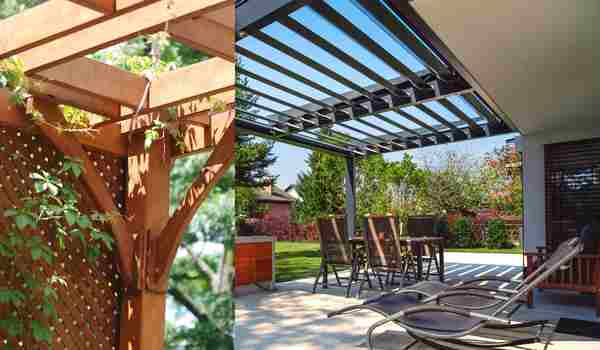
The Crimson glory vine is a climbing plant that can be used to decorate a pergola. This vine is easy to care for and will add interest and color to any area.
Final Thought
If you want to add some green and beauty to your outdoor living space, consider installing a pergola. There are many different styles and plants that can be used to create an elegant look. Some tips on how to decorate a pergola with plants include choosing the right plants, choosing the right location, and adding accessories. Finally, always make sure to water your plants regularly and take care when handling them so that they don’t get damaged.

